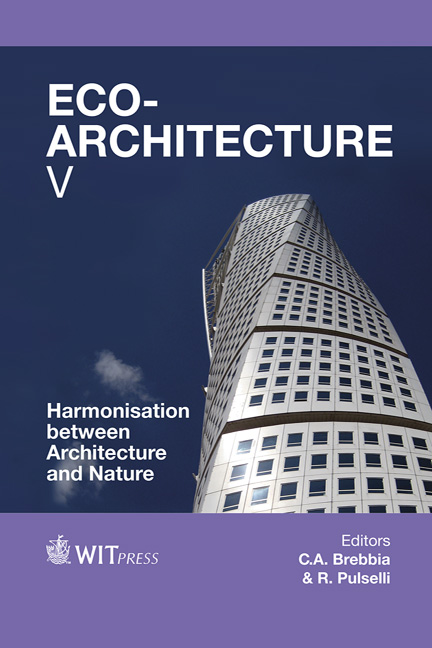The Role Of Wind Catchers In Improving People’s Comfort
Price
Free (open access)
Transaction
Volume
142
Pages
10
Page Range
93 - 102
Published
2014
Size
779 kb
Paper DOI
10.2495/ARC140091
Copyright
WIT Press
Author(s)
N. Valibeig, S. Nasekhian, S. Tavakoli
Abstract
Persian architecture used to be an art dealing with people’s daily activities. Also, Iranian architects tried to design the traditional architectural elements with respect to climate and environmental considerations. The income, of course, was an architecture inspired by genius and technical knowledge. Among the traditional architectural elements which improved the general comfort was a wind catcher. Today, however, wind catchers have been forgotten. Through using wind catchers the lost comfort can be revived once again and the consumption of non-renewable fuels are decreased. The cold generated by wind catchers in dry climates is quite valuable. So far, extensive studies have been carried out on wind catchers in terms of their form and location on the roofs. Inspired by the idea of wind catchers, the present study has examined the possibility of spreading cold not from the roof but from the floor. The proposed system is based on qanat – a series of well-like vertical shafts, connected by gently sloping tunnels – locally available in dry and hot regions. First, the environmental and climatic conditions of Kerman City, placed in a hot and dry climate, were introduced. Then, the function of wind catchers of two typical houses as case examples was studied: Khane-ye Golab and Khane-ye Movahedi. Finally, an approach was suggested on how a wind catcher may be incorporated in today’s buildings to cool them through making minor modifications compatible with modern necessities.
Keywords
comfort, qanat, floor-spreading cold, climate, wind catcher





